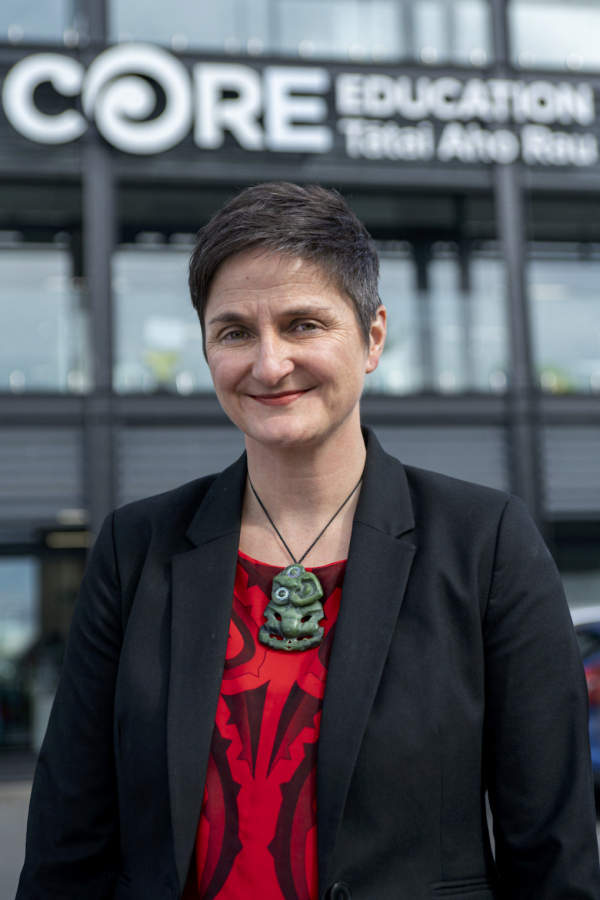Aotearoa has three natural features with legal personhood - Te Urewera, the Whanganui River and Taranaki Maunga.
So what is legal personhood?
Lawyer and director at Whāia Legal Tai Ahu (Waikato-Tainui, Ngāti Kahu (Te Paatu)) said legal personhood refers to the idea that a particular entity has rights and obligations under the law in and of itself.
Tai Ahu. Photo: Supplied.
This means these natural features have their own legal identities.
For something to get legal personhood, this needs to be done through legislation, Ahu said.
Natural resources like maunga and rivers, come out of Treaty Settlement with the iwi and the Crown, he said.
For example, Ahu said for Tūhoe, Te Urewera became a legal person because the iwi negotiated for that to occur as part of their treaty settlement process. The Crown eventually agreed to and created the structure that gave effect to it by law.
For the Whanganui River, it’s the Te Awa Tupua (Whanganui River Claims Settlement) Act 2017.
When a legal person is created, someone has to act for that person, Ahu said.
“In the case of Te Urewera, there are four from the Crown and four from Tūhoe who comprise a board and that board collectively makes decisions for the maunga.”
He said statutes like the Resource Management Act or the Act that gives legal personhood status to natural features have rules and laws in place that people need to follow when visiting or engaging with legal personalities such as Taranaki Maunga or the Whanganui River.
“We still have to treat the maunga with respect and not discharge waste on the maunga. [We have] to clean up after ourselves,” Ahu says.
If someone injured themselves at or on a natural feature with legal personhood, could the maunga or river be taken to court or sued?
Ahu said there would be something in the statute that says that you can’t simply sue the maunga, and if you were suing the maunga that was a legal person, what would you be suing it for?
“The maunga doesn't necessarily have any money, it might be that you sue the board that makes decisions on behalf of the maunga.”
When asked what he would say to people who are critical about legal personhood, Ahu said: “What I would say to those people who say, “Well it’s not my legal person” is, that’s fine. Legally it is its own legal person.”
‘The embodiment of the tīpuna within the mountain’
Tumu whakarae (chief executive) of Tātai Aho Rau Core Education Hana O’Regan (Kāi Tahu) said “growing up my father was driving the kaupapa for Kāi Tahu to get a legal personality as an iwi”.
O’Regan is one of academic Sir Tipene O’Regan’s five children. He was a long-serving chairman of the Ngāi Tahu Māori Trust Board and led the Ngāi Tahu claim process before the Waitangi Tribunal resulting in the Ngāi Tahu settlement.
“At the time I didn't know what he meant, how could you have a tribe with a legal personality? And how could personhood be associated with something that was beyond a person?”
“But in this case of legal personhood, it wasn't so much as talking about it in geographical ways but it was talking about the concept… about an iwi collective for an iwi,” O’Regan said.

Hana O'Regan. Photo: Supplied.
“It was around the restoration of a cultural prerogative to be able to define ourselves in the way we define ourselves, but also that our worldview wasn't separated and legalised by any other determination than our own.”
“It's about being able to see a mountain and refer to that mauka (mountain) as our tīpuna, and the ascription of individual names to them - not just as in Mt Cook named after somebody, but we actually see the embodiment of the tīpuna within the mountain,” she said.
O’Regan said if she were to put herself in the place of the maunga or awa and see it from their perspective, she would see it as their uri (descendants) and their kaitiaki (caregivers) doing what they can to ensure their perpetuation and existence in their mana and their tapu.
More stories:
Life as a funeral director: ‘Serving my iwi by doing this mahi’
People in the funeral industry say they consider their work an act of service.
How Māori media has contributed to reo revitalisation
It’s been 30 years since Te Māngai Pāho was created.
What it’s like to be a Māori drag queen
‘We’re strong together and we will face anything together.’